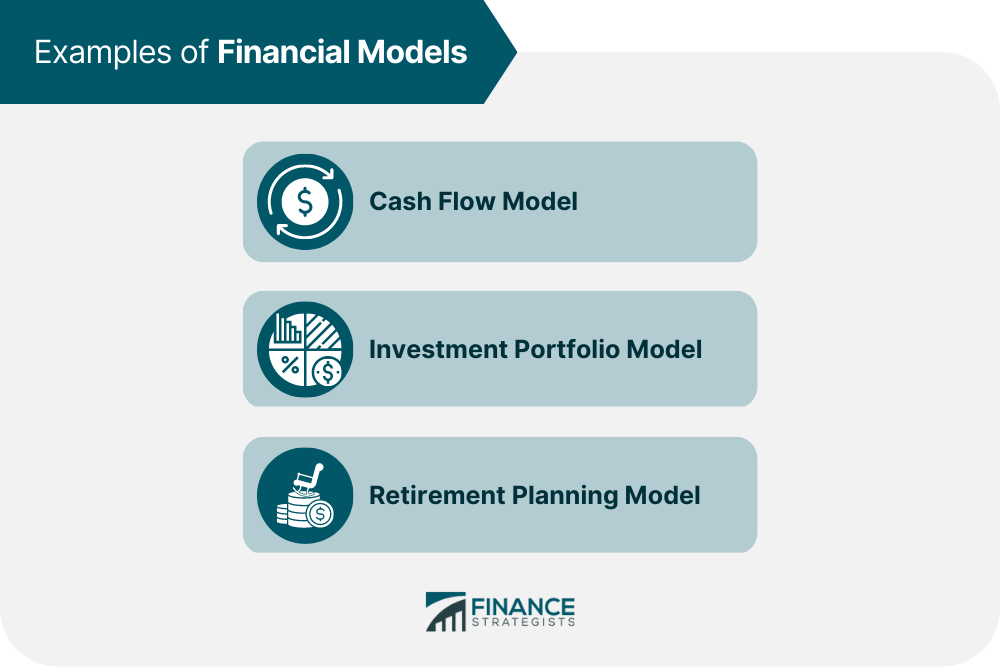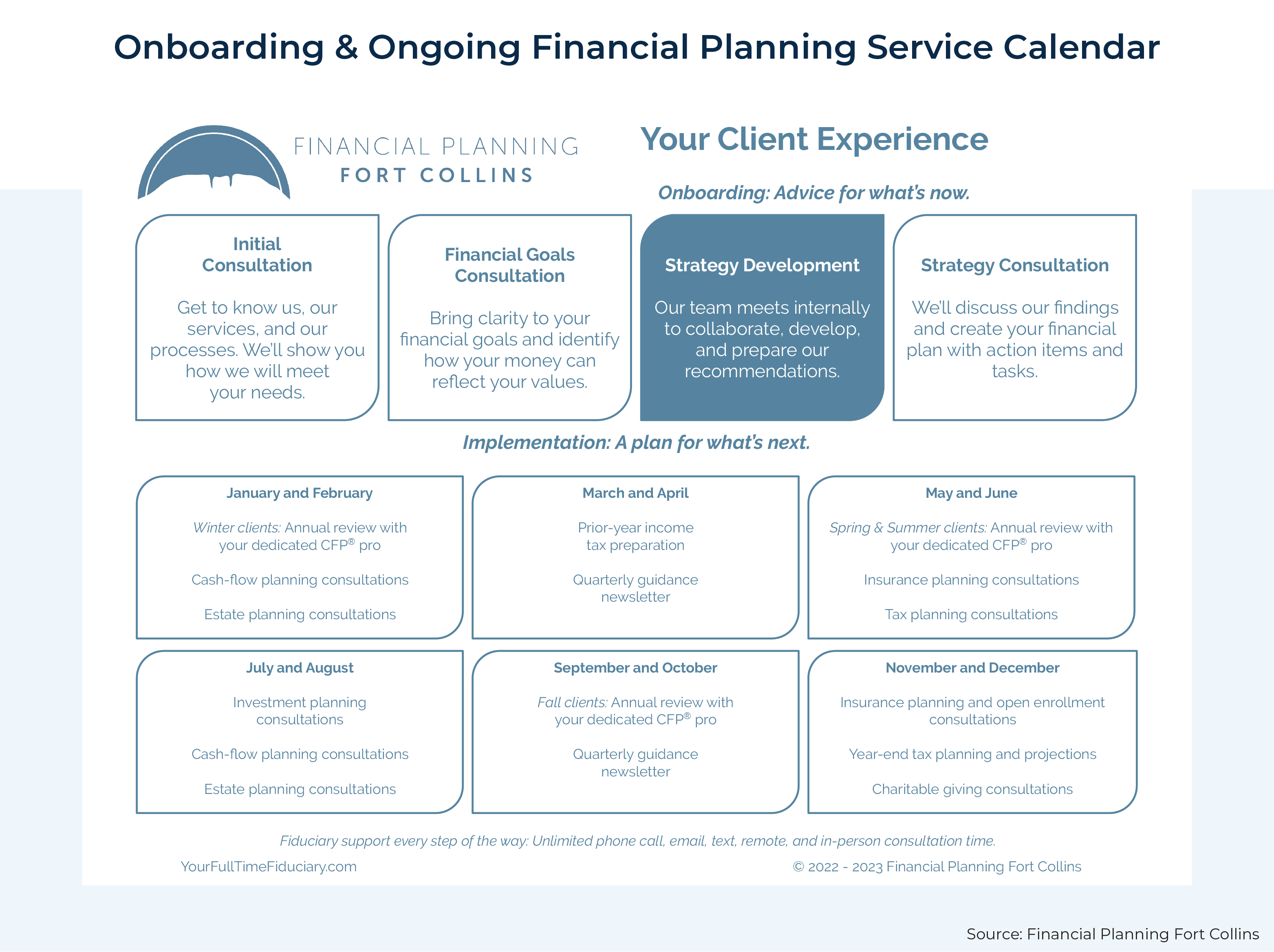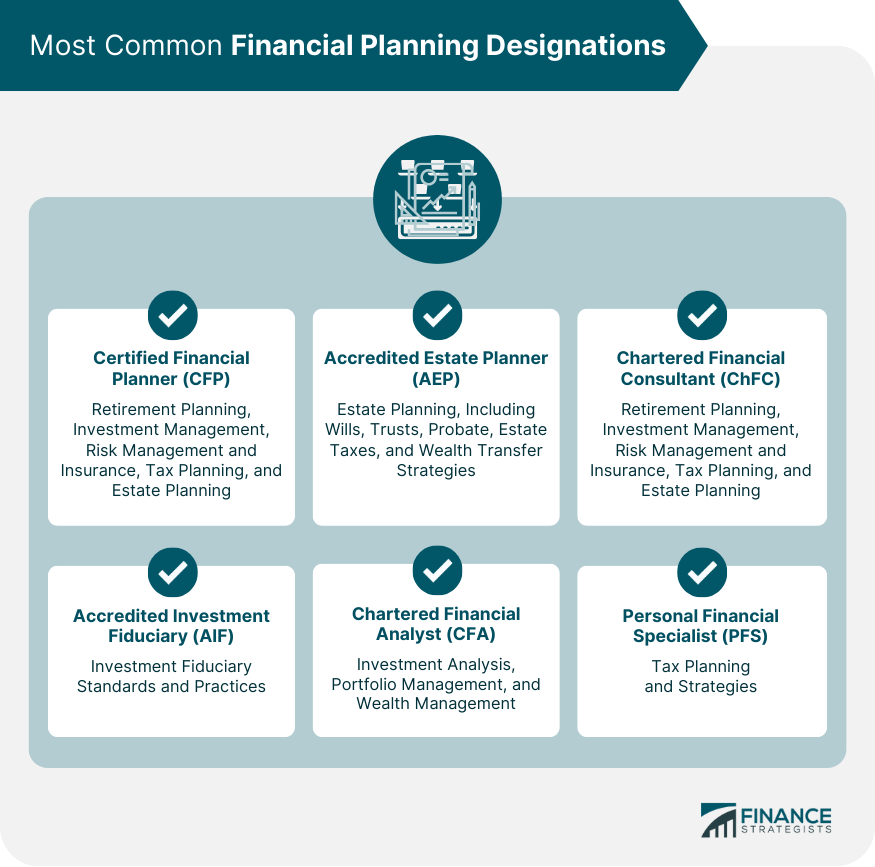Understanding Aagmaal: The Key To Unlocking Financial Planning Success
Financial planning can feel like navigating a maze, but understanding aagmaal could be your ultimate shortcut to financial freedom. Imagine having a system that helps you allocate resources efficiently while keeping your future goals in check. Aagmaal isn’t just another buzzword—it’s a concept that could revolutionize how you approach your finances. So, buckle up, because we’re diving deep into what aagmaal means and why it matters in today’s economy.
Now, let’s face it—money talk can get pretty overwhelming. Between saving, investing, budgeting, and retirement planning, it’s easy to lose sight of what truly matters. That’s where aagmaal comes in. This concept is like the glue that holds all your financial strategies together, ensuring you’re not just managing money but building wealth sustainably.
So, whether you’re a young professional trying to figure out how to save for your first home or a seasoned investor looking to diversify your portfolio, understanding aagmaal could be the game-changer you’ve been waiting for. Stick around, because this article will break down everything you need to know about aagmaal and how it fits into your financial journey.
Read also:Mastering Ssh Remote Iot On Raspberry Pi Free Windows Download Guide
What is Aagmaal? Defining the Concept
Let’s start with the basics. Aagmaal is a term that has its roots in traditional financial wisdom, but its principles are more relevant than ever in today’s fast-paced world. Simply put, aagmaal refers to the practice of allocating your financial resources in a way that balances immediate needs with long-term goals. It’s like creating a financial roadmap that ensures you’re not just surviving but thriving.
Think of aagmaal as a three-legged stool. Each leg represents a key aspect of financial planning: saving, investing, and protecting your assets. If one leg is weaker than the others, the stool won’t stand. Similarly, if you neglect any part of aagmaal, your financial stability could wobble. It’s all about striking the right balance.
Breaking Down the Components of Aagmaal
To truly grasp aagmaal, it helps to break it down into its core components:
- Saving: This is the foundation of aagmaal. It’s about setting aside a portion of your income for emergencies, short-term goals, and future needs.
- Investing: This is where you grow your wealth over time. Whether it’s stocks, real estate, or mutual funds, investing is about making your money work for you.
- Protection: This involves safeguarding your assets through insurance, estate planning, and risk management strategies. It ensures that your financial progress isn’t derailed by unforeseen events.
Each of these components plays a crucial role in creating a comprehensive financial plan. By understanding how they work together, you can build a solid foundation for financial success.
Why Aagmaal Matters in Financial Planning
Now that we know what aagmaal is, let’s talk about why it matters. In today’s uncertain economic climate, having a well-rounded financial strategy is more important than ever. Aagmaal provides a framework that helps you navigate the complexities of personal finance while keeping your long-term goals in sight.
One of the biggest benefits of aagmaal is that it encourages proactive financial behavior. Instead of reacting to financial challenges as they arise, you’re taking a strategic approach to managing your money. This not only reduces stress but also increases your chances of achieving financial independence.
Read also:Mastering Remoteiot Web Ssh Download A Comprehensive Guide
The Impact of Aagmaal on Wealth Building
When it comes to building wealth, aagmaal offers several advantages:
- Discipline: By adhering to the principles of aagmaal, you develop a disciplined approach to saving and investing.
- Risk Management: The protection aspect of aagmaal ensures that you’re prepared for unexpected events, minimizing financial risks.
- Long-Term Focus: Aagmaal emphasizes the importance of planning for the future, helping you stay committed to your long-term goals.
These benefits make aagmaal an invaluable tool for anyone looking to achieve financial stability and security.
How to Implement Aagmaal in Your Financial Plan
Implementing aagmaal in your financial plan doesn’t have to be complicated. Here are some practical steps you can take:
Step 1: Assess Your Current Financial Situation
Before you can implement aagmaal, you need to understand where you stand financially. Start by evaluating your income, expenses, savings, and debts. This will give you a clear picture of your financial health and help you identify areas that need improvement.
Step 2: Set Clear Financial Goals
Once you have a good understanding of your financial situation, it’s time to set specific, measurable, achievable, relevant, and time-bound (SMART) goals. Whether it’s buying a house, funding your child’s education, or retiring early, having clear goals will guide your aagmaal strategy.
Step 3: Create a Balanced Financial Plan
With your goals in mind, create a financial plan that incorporates all three components of aagmaal. Allocate a portion of your income to saving, investing, and protecting your assets. Make sure each component is in proportion to your financial needs and goals.
Tips for Successful Aagmaal Implementation
To ensure your aagmaal strategy is successful, keep these tips in mind:
- Review and adjust your plan regularly to reflect changes in your financial situation or goals.
- Seek professional advice if you’re unsure about certain aspects of your plan.
- Stay informed about financial trends and opportunities to make the most of your investments.
By following these steps and tips, you can effectively implement aagmaal in your financial plan and start reaping its benefits.
Common Misconceptions About Aagmaal
Despite its benefits, aagmaal is often misunderstood. Here are some common misconceptions and the truths behind them:
Misconception 1: Aagmaal is Only for the Wealthy
Truth: Aagmaal is for everyone, regardless of their income level. Its principles can be applied to any financial situation, making it accessible to people from all walks of life.
Misconception 2: Aagmaal is Too Complex
Truth: While aagmaal involves multiple components, it doesn’t have to be complicated. With the right guidance and tools, anyone can implement aagmaal successfully.
Addressing Common Concerns
If you’re hesitant about adopting aagmaal, consider these points:
- Start small and gradually incorporate aagmaal principles into your financial plan.
- Don’t be afraid to seek help from financial advisors or online resources.
- Remember that the goal of aagmaal is to simplify your financial life, not complicate it.
By addressing these concerns, you can overcome any barriers to implementing aagmaal and start enjoying its benefits.
The Role of Technology in Aagmaal
Technology has revolutionized the way we manage our finances, and it can play a significant role in implementing aagmaal. From budgeting apps to investment platforms, there are numerous tools available to help you track your progress and make informed decisions.
Benefits of Using Technology for Aagmaal:
- Automates saving and investing processes, making them more efficient.
- Provides real-time insights into your financial performance.
- Helps you stay organized and on track with your financial goals.
By leveraging technology, you can enhance your aagmaal strategy and achieve better results.
Popular Tools for Aagmaal Implementation
Here are some popular tools that can assist you in implementing aagmaal:
- Mint: A budgeting app that helps you track your expenses and savings.
- Robinhood: An investment platform that allows you to buy and sell stocks commission-free.
- Policybazaar: A platform that helps you compare and purchase insurance policies.
These tools can simplify the process of implementing aagmaal and make it more manageable.
Case Studies: Real-Life Examples of Aagmaal in Action
To see how aagmaal works in practice, let’s look at some real-life examples:
Case Study 1: John’s Journey to Financial Independence
John, a 35-year-old software engineer, implemented aagmaal to achieve financial independence by age 50. By diligently saving, investing in a diversified portfolio, and securing adequate insurance, John was able to build a substantial nest egg and reduce financial stress.
Case Study 2: Sarah’s Retirement Planning
Sarah, a 40-year-old teacher, used aagmaal to plan for her retirement. By setting aside a portion of her income for retirement savings, investing in low-risk assets, and protecting her assets with life insurance, Sarah ensured a comfortable retirement.
Lessons Learned from These Case Studies
From these examples, we can draw several lessons:
- Consistency is key to achieving financial success with aagmaal.
- Tailoring your aagmaal strategy to your unique circumstances can yield better results.
- Seeking professional advice can provide valuable insights and guidance.
These case studies demonstrate the practical application of aagmaal and its potential to transform your financial future.
Challenges and Solutions in Aagmaal Implementation
While aagmaal offers numerous benefits, it’s not without its challenges. Here are some common obstacles and solutions:
Challenge 1: Lack of Financial Literacy
Solution: Educate yourself through books, online courses, and workshops. The more you know, the better equipped you’ll be to implement aagmaal.
Challenge 2: Balancing Immediate Needs with Long-Term Goals
Solution: Prioritize your goals and allocate resources accordingly. Remember, aagmaal is about finding the right balance.
Overcoming Common Obstacles
Here are some additional tips for overcoming challenges in aagmaal implementation:
- Stay disciplined and stick to your plan, even when faced with setbacks.
- Seek support from family, friends, or financial advisors when needed.
- Stay informed about financial trends and adapt your strategy as necessary.
By addressing these challenges head-on, you can successfully implement aagmaal and achieve your financial goals.
Conclusion: Embracing Aagmaal for Financial Success
In conclusion, aagmaal is a powerful concept that can transform your approach to financial planning. By understanding its principles and implementing them effectively, you can build a solid foundation for financial stability and success.
So, what are you waiting for? Start incorporating aagmaal into your financial plan today. Whether you’re just beginning your financial journey or looking to refine your existing strategy, aagmaal can help you achieve your goals.
Don’t forget to leave a comment below sharing your thoughts on aagmaal. And if you found this article helpful, be sure to share it with your friends and family. Together, let’s make financial freedom a reality for everyone!
Table of Contents
What is Aagmaal? Defining the Concept
Why Aagmaal Matters in Financial Planning
How to Implement Aagmaal in Your Financial Plan
Common Misconceptions About Aagmaal
The Role of Technology in Aagmaal
Case Studies: Real-Life Examples of Aagmaal in Action
Challenges and Solutions in Aagmaal Implementation
Conclusion: Embracing Aagmaal for Financial Success


